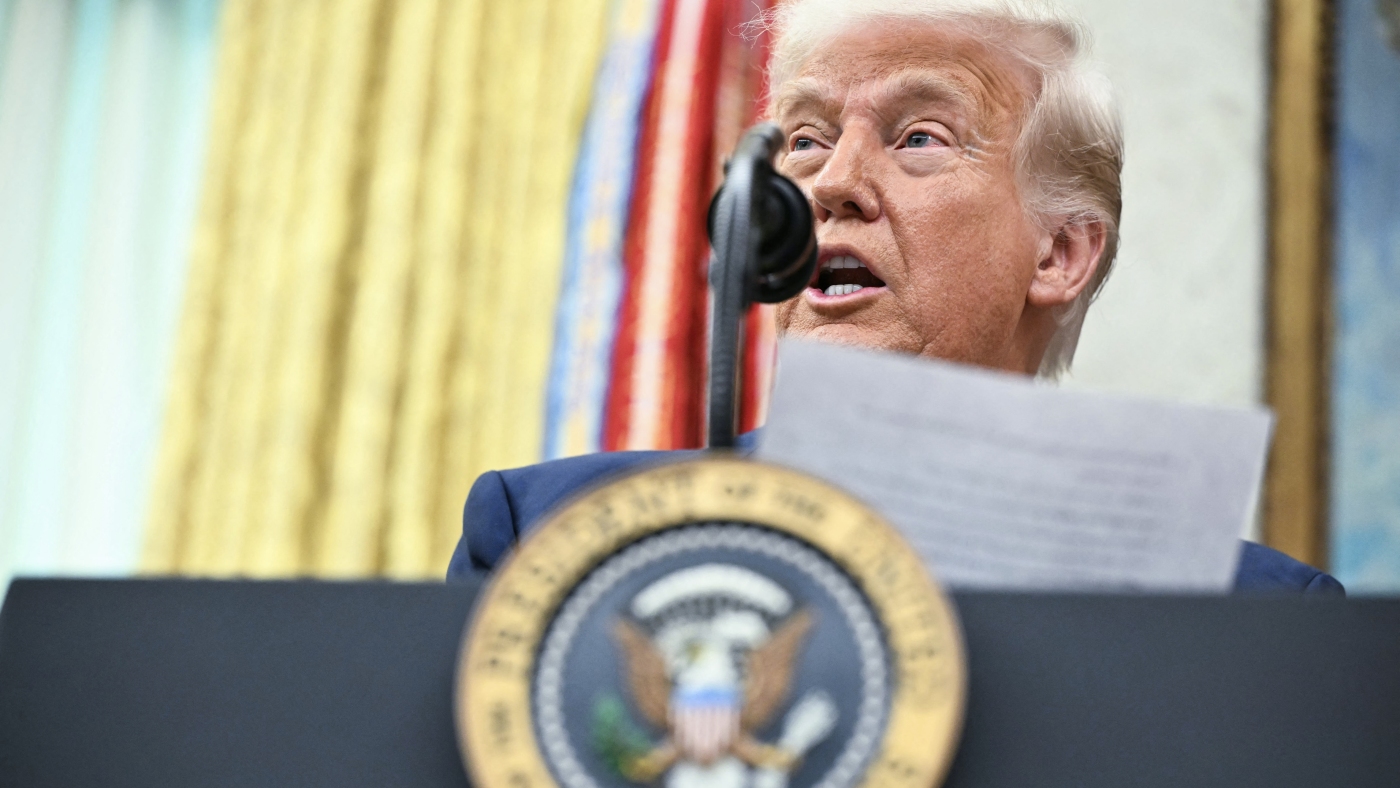In a notable 103-minute speech delivered from the Red Fort, Prime Minister Narendra Modi shared his ambitious vision for India by 2047, coinciding with the centenary of its independence. This address highlighted his plans for a stronger, more self-reliant nation.
Strategic Autonomy and Security
PM Modi emphasized India’s commitment to strategic autonomy. He referenced Operation Sindoor, a military operation that demonstrated India’s capability to respond effectively to terrorism with homegrown weaponry. He asserted, “India will no longer tolerate nuclear blackmail or accept threats,” signaling a firmer stance on national security.
He also raised concerns over the Indus Waters Treaty, stating, “Blood and water will not flow together,” which reflects growing dissatisfaction over water-sharing arrangements with neighboring countries.
Promoting Self-Reliance
The Prime Minister termed self-reliance, or Atmanirbhar Bharat, as essential. It’s not simply about economic independence but also about technological and industrial growth. “Dependence becomes a dangerous habit,” he remarked, urging India to stand on its own feet.
Among the key initiatives announced were:
- A Made-in-India semiconductor chip to be launched by 2025.
- Opening up the nuclear energy sector to private companies.
- Expansion in sectors like jet engines and social media.
Resource and Energy Security
In a bid for resource security, PM Modi unveiled two significant missions:
- National Critical Minerals Mission: Exploring over 1,200 sites for crucial minerals.
- National Deepwater Exploration Mission: Aimed at tapping into offshore energy resources to reduce fuel imports.
He noted, “Controlling critical resources strengthens our strategic autonomy.”
Healthcare and Defense Innovations
PM Modi portrayed India as a potential “pharmacy of the world,” urging the nation to be self-reliant in medicines and vaccine production. He encouraged innovation in pharmaceuticals while ensuring India remains a health leader.
With Mission Sudarshan Chakra, he announced a focus on developing advanced indigenous defense systems to counter new threats, emphasizing rapid-response capabilities.
Economic Reforms and Employment Generation
The PM introduced the PM Viksit Bharat Rozgar Yojana, a ₹1 lakh crore employment scheme targeting young people. He indicated that newly hired individuals would receive ₹15,000 support, potentially impacting 3 crore youth.
In terms of economic reform, over 40,000 compliances and outdated laws have already been removed to streamline business processes. Upcoming reforms in Goods and Services Tax (GST) are expected to ease burdens for small businesses and consumers.
Conclusion: A Collective Vision
As he concluded, PM Modi called on all citizens to play a role in making India a leading nation by 2047. “Our strength lies in our people,” he stated, challenging everyone to innovate and contribute.
The aspirations shared during this speech resonate with broader trends in India. Recent surveys indicate a growing optimism about India’s future, highlighting a shift toward youth-driven innovation in technology and sustainability.
By leveraging advancements in sectors like space, healthcare, and energy, India aims not only to strengthen its economy but also to assert its role on the global stage.
For ongoing updates and analysis on India’s progress, refer to The World Bank.
Source link
Independence Day 2025, PM Modi speech, Viksit Bharat, Atmanirbhar Bharat, Indian economy, Operation Sindoor, Indus Waters Treaty, semiconductor mission, defence sector, Mission Sudarshan Chakra, PM Rozgar Yojana, GST reforms, clean energy, space sector, farmers welfare, nuclear energy, critical minerals, Indian startups, youth empowerment, national security, economic reforms,






















